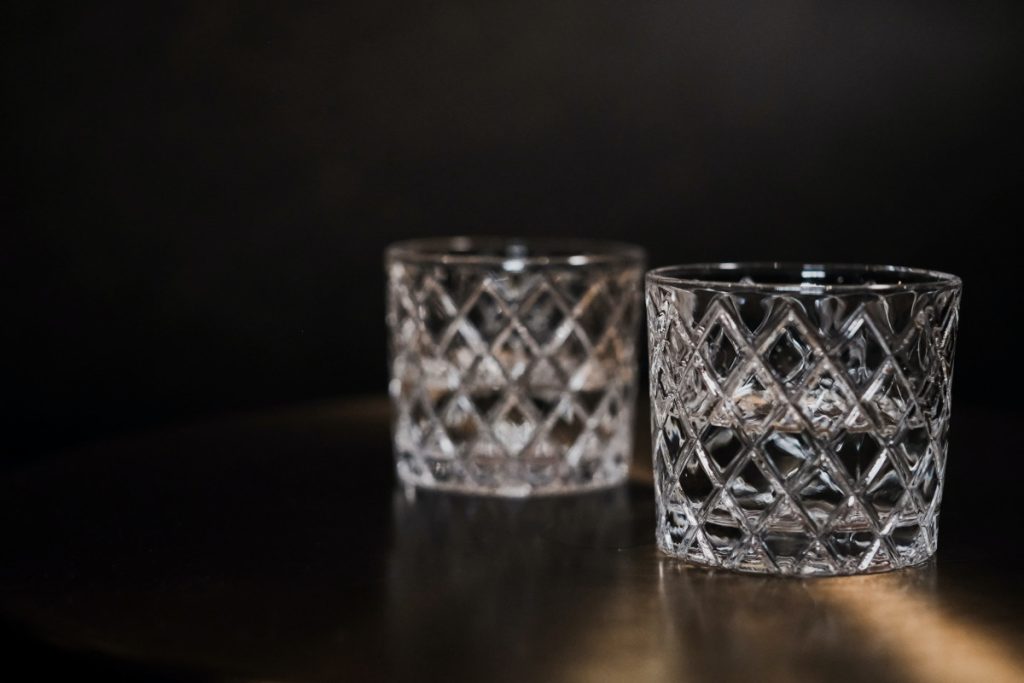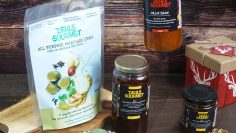
Everything You Need to Know About Mezcal
Mezcal makers employ a variety of species, but tequila can only be manufactured from the Weber blue agave plant. At least 40 agaves can be used legally for mezcal production, and each type brings its distinct flavor and aroma to the final spirit. Espadin (agave angustifolia) is the most common and produces smoky mezcals. But rarer agaves like tombola and temperate can deliver complex, herbal, and tropical notes.
Flavors
The flavors of mezcal can vary widely depending on the agave, soil, climate, and production methods. Its terroir defines the specific characteristics of the mezcal and can range from smoky to fruity to earthy to peppery. The type of agave, the distillation process, and aging techniques also influence mezcal. Blanco mezcal is unaged, joven mezcal is aged two to 12 months in wooden containers, and reposado mezcal is aged one to three years. Anejo mezcal is aged for at least a year in oak barrels and can be sipped straight or used in cocktails. A suitable type of mezcal should showcase the agave used, and there are many agaves to choose from. Some agaves, like the spiky-tailed espadin, are a bit smoky than others. The total agave, on the other hand, is floral and sweet. It’s a rare, low-yielding variety, so mobile mezcals tend to err on the expensive side. Well-crafted mezcal can be smoky, fruity, peppery, or cheesy. It should have a unique character that reflects the spirit of the region. As mezcal is popular in the United States, many brands showcase various agaves with individual flavor profiles.

Origins
Mezcal is a traditional Mexican spirit made from the hearts of agave plants (called pinas). It can be unaged, reposado, or anejo. A few mezcal producers focus on aging, but most stick with the original, unadulterated spirit. Indigenous Mexican cultures have long revered the smoky, fiery spirits for their medicinal properties, including helping with digestion and strengthening the immune system. The Greeks also respected the plant similarly—it was even the goddess of desire, connected to intoxication. Each mezcal region has its own terroir and flavor profiles, and each producer uses their techniques to create unique expressions. For instance, the agave used in mezcal production differs by region. Oaxaca focuses on the cultivated Agave angustifolia, while Puebla and Guerrero favor wild species like A. Toyota and A. Kaminski. The different agave varieties used in mezcal also influence the flavors of each spirit. Some, such as Tobala, have a citrusy palate, while others are visually arresting and have a green, floral palate. Other agaves, such as papilloma, can have an earthy, grassy palate. Some many other agaves and combinations can be used for mezcal. Some of these are infused with fruits, herbs, and spices. (See our guide for more information about these artisanal additions.) Some mezcals are labeled “destilado con” (“Distilled with”), which refers to adding the worm during the distillation process.
Varieties
While most mezcal drinkers are familiar with Espadin, a few other varietals of the spirit are making their way to the US. From espadrille to spectate, mezcal producers grow and roast agave species with unique characteristics and flavor profiles that differentiate them from the Espadins found in Del Maguey bottles. These new mezcal varieties result from mezcaleros experimenting with their production methods in different villages. The other agave species also have names that reflect their origins and local people’s language. Other mezcals have their own Appellation of Origin, such as Raicilla and Bacanora. These spirits differ from tequila in not using blue Weber agave. Furthermore, these mezcals are made from more than 40 agaves, while tequila only uses the blue variety. Mezcal is distilled, much like tequila, to produce high-proof alcohol. Then, the liquid is aged. Typically, mezcal is aged between two and 12 months. This results in a mellower and more complex spirit. Mezcal can also be infused with other flavors, such as fruit, herbs, and meats. Joven mezcal is unaged, while Reposado and Anejo are aged longer. The label of the bottle usually indicates different expressions.
Production
Mezcal is a traditional distilled alcoholic beverage made from the fermented sugars of agave. It is a spirit whose production is highly artisanal, which gives it its great personality and recognizable terroir. However, the growth in market demand is placing high pressure on the DOM’s scarce natural resources. Especially in the case of the raw material, agave, a plant that grows wild and requires high care for its cultivation. Many methods for producing this spirit characterize the mezcal industry. However, all of them should comply with the Norm for Mezcal to be considered mezcal. This standard specifies that the mezcal must be produced in a DOM territory, and its label must indicate the agave species used, the percentage of each one in the case of mixtures, the alcoholic graduation, the name of the authorized producer and mezcalero and the geographic area of origin. It is also required that the mezcal be stored appropriately, ensuring its integrity and quality. A mezcal may be stored in earthen pits (mezcaleros use wood and charcoal for this purpose), in wooden barrels, or copper pot stills.










